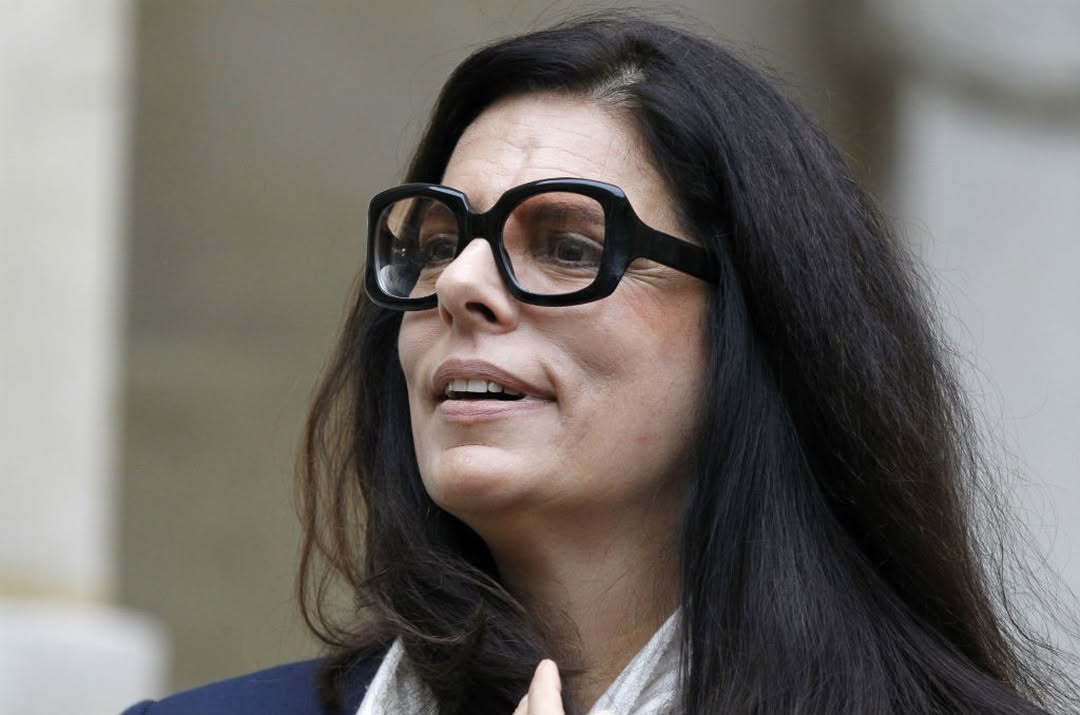A growing number of ultra‑wealthy individuals and family offices are acquiring minority or controlling stakes in heritage luxury brands. These investments transform lifestyle products into asset classes—with significant financial and legal implications.
From Bags to Balance Sheets: Why HNWIs Are Buying Luxury Brands
Luxury goods used to be about personal consumption buying a designer handbag or watch to signal status. Today, high‑net‑worth individuals (HNWIs) and family offices are moving beyond consumption. They are acquiring entire brands or significant stakes in them. By owning luxury labels, investors tap into brand loyalty, scarcity economics and global demand while diversifying their asset portfolios.
For example, the Wertheimer brothers—owners of Chanel—and heirress Françoise Bettencourt‑Meyers acquired minority stakes in The Row, the minimalist couture brand founded by Mary‑Kate and Ashley Olsen in 2006. The deal reportedly valued The Row at about $1 billion.
Another major move: the French luxury powerhouse LVMH, via its venture arm LVMH Luxury Ventures, acquired a minority stake in Swedish brand Our Legacy, which reported robust growth to €40 million ($43.6 million) in sales.
These examples reflect a broader trend: luxury brand ownership is shifting from heirs and conglomerates to new investors who see both cultural cachet and investment potential.

Françoise Bettencourt‑Meyers
Specific Brand Deals to Watch
The Row – Minority stakes by Chanel’s owning family and L’Oréal’s Bettencourt family; marked one of the first major moves by ultra‑wealthy individuals buying into a heritage luxury label. Valued at around $1 billion.
Our Legacy – Stockholm‑based menswear label, minority stake acquired by LVMH Luxury Ventures, aiming to accelerate global expansion after sales rose dramatically.
Smythson – British heritage leather‑goods and stationery brand founded in 1887, acquired by private equity firm Oakley Capital after years of legacy operation and reported losses. Financial Times
Bally – The 173‑year‑old Swiss luxury footwear and leather goods brand was sold by investment vehicle JAB to U.S. firm Regent. While not a direct HNWI purchase, it signals how heritage brands are unlocking value for investors. Vogue
These transactions illustrate how heritage value, brand longevity and cultural capital are now being leveraged for strategic investment—not just personal luxury consumption.
The Financial Logic Behind Investing in Luxury Brands
When HNWIs invest in luxury brands, they are essentially buying into several financial advantages:
-
Brand equity as intangible asset: Heritage brands often carry premium pricing, loyal customer bases and scarcity value.
-
Globalisation and digital growth: Many heritage labels are scaling through global flagship stores, e‑commerce and social media reach.
-
Diversification away from traditional assets: Real estate, equities and bonds remain core holdings, but luxury brand stakes offer a different risk‑return profile.
-
Potential for operational improvements: Investors may bring financial discipline, global networks and capital to heritage brands that could be under‑executed.
For younger luxury brands, infusion of capital from HNWI or family office investors can accelerate growth without full corporate takeover. According to analysis reviewed by CEO Today, this trend means that luxury ownership is becoming a distinct asset class akin to art or real estate rather than just consumption.
Legal and Governance Considerations in Luxury Brand Deals
Investing in luxury companies carries legal and governance complexity. Key considerations include:
-
Fiduciary duties and minority rights: Minority investors must negotiate shareholder agreements, board seats and exit options.
-
Brand protection and IP rights: Heritage brands must safeguard trademarks, licensing agreements and creative direction to preserve value.
-
Regulatory compliance: Some jurisdictions apply stricter review for acquisitions of “cultural assets” or heritage brands—especially when foreign capital is involved. Global Legal Post
-
Succession risk: Many heritage brands are family‑controlled, and transition planning affects investor value.
For HNWI or family offices entering luxury brand ownership, securing legal oversight over governance, brand stewardship and exit strategy is essential to protect long‑term value.
Cultural Value Meets Capital Markets
What makes this era unique is how luxury brands occupy both cultural and financial spheres. For HNWIs, owning a luxury brand does two things: it maintains elite lifestyle signalling and provides an investment vehicle aligned with global consumption trends. In effect, these investors are buying not just a logo—but access, longevity, and leverage.
The interplay between culture and capital is particularly relevant in luxury. As one luxury strategist put it:
“When you invest in heritage luxury, you aren’t buying a product—you’re buying permission to participate in a story.”
This sentiment captures why heritage luxury is increasingly treated like a collectible asset or limited equity investment rather than a retail business alone.
What This Means for CEOs and Investors
For executives and investors, this trend highlights several strategic lessons:
-
Treat brand as asset: Brands with deep heritage and cultural resonance may perform well not just operationally but as investment vehicles.
-
Align growth with authenticity: Rapid growth must respect heritage—consumers punish brands that “go mass” or lose identity.
-
Prioritise governance and legal frameworks: As brand stakes increase, so do legal risks and governance demands.
-
Use digital as leverage: Social media, influencer culture and e‑commerce are key levers to unlock global expansion and investor value.













